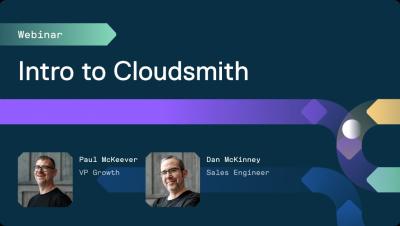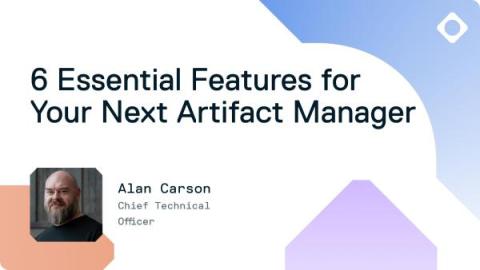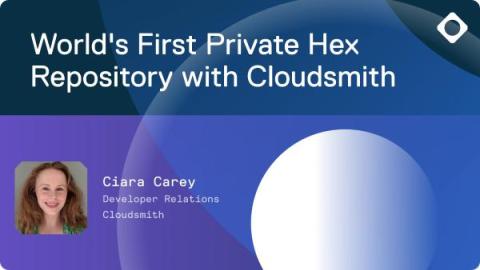Codefresh in the Wild: Building Padloc
This article is part of our series “Codefresh in the Wild” which shows how we picked public open-source projects and deployed them to Kubernetes with our own pipelines. We will use several tools such as GitHub, Docker, Codefresh, Argo CD, Kubernetes. This guide chronicles how we integrated all those tools together in order to build an end-to-end Kubernetes deployment workflow.











